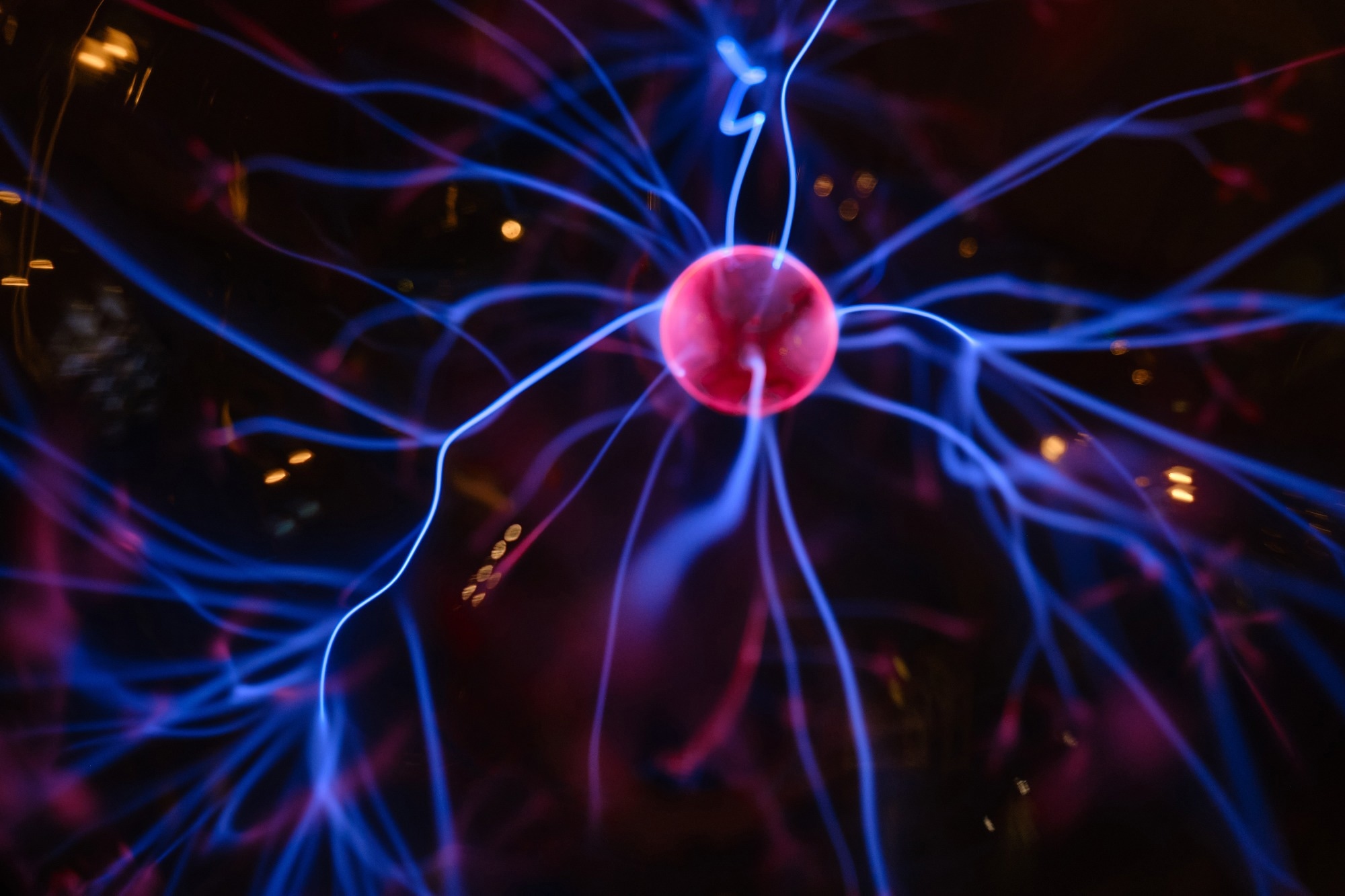A single neuron now achieves what billions once did, cutting energy use and paving the way for a greener AI future.
 Research: One-core neuron deep learning for time series prediction. Image Credit: Iuliia Pilipeichenko / Shutterstock
Research: One-core neuron deep learning for time series prediction. Image Credit: Iuliia Pilipeichenko / Shutterstock
The deep learning field has been dominated by "large models" that require massive computational resources and energy. This has led to unsustainable environmental and economic challenges. To address this, researchers have developed the one-core-neuron system (OCNS), a novel framework that minimizes model size while maintaining high performance. Their work is published in the Chinese Academy of Sciences journal National Science Review.
Breakthrough in Deep Learning Efficiency
This work was led by Prof. Rui Liu (School of Mathematics, South China University of Technology) and Prof. Luonan Chen (Center for Excellence in Molecular Cell Science, Chinese Academy of Sciences), with significant contributions from Dr. Hao Peng (School of Mathematics, South China University of Technology) and Prof. Pei Chen (School of Mathematics, South China University of Technology), who were responsible for designing the OCNS framework, collecting data, and conducting extensive experiments. Their collaborative efforts ensured rigorous evaluation and a comprehensive demonstration of the model's capabilities.
Unlike traditional large models that rely on billions of parameters, the OCNS employs a single neuron to encode high-dimensional data into a one-dimensional time-series representation based on a solid theoretical foundation derived from the delay embedding theorem and spatiotemporal information (STI) transformation. This "small model" framework uses spatiotemporal information (STI) transformation and multiple delayed feedback to achieve precise forecasting while requiring, on average, only 0.035% of the parameters used in "large models." Applications range from time-series prediction to image classification tasks, making OCNS an efficient and versatile deep-learning tool.
Proven Performance Across Diverse Applications
The research team evaluated OCNS through extensive experiments, including tests on synthetic datasets and eight real-world datasets, such as weather prediction and electricity consumption. Performance metrics, including mean squared error (MSE) and Pearson correlation coefficient (PCC), demonstrated that the OCNS consistently matched or outperformed existing benchmarks, even under noise conditions.
In addition to OCNS, the researchers developed an enhanced variant called OCNS+, incorporating features like a more powerful decoder and a one-dimensional neural network module. This variant further improves performance in more complex scenarios.
Challenges and Future Directions
This study opens new avenues for constructing efficient AI models with reduced energy footprints, aligning with the vision of sustainable and green AI development. As a compact model, OCNS demonstrates that efficiency and performance can coexist, providing a transformative perspective for future deep learning architectures.
Despite its innovative design, the research also highlights challenges, particularly in decoding nonlinear information using the OCNS framework. However, the nonlinear dynamics of the single neuron effectively compensate for these limitations in short-term, high-dimensional tasks. Future research directions include integrating OCNS with other architectures, such as convolutional neural networks (CNNs) and transformers, to enhance its capabilities further.
Towards a Sustainable AI Future
By leveraging the advantages of delay-dynamical systems and STI transformations, OCNS provides a promising blueprint for efficient AI infrastructure. Its ability to represent complex systems using a single neuron offers insights into creating smaller, more sustainable models that still achieve high performance.
Source:
Journal reference:
- Peng, H., Chen, P., Yang, N., Aihara, K., Liu, R., & Chen, L. One-core neuron deep learning for time series prediction. National Science Review. DOI: 10.1093/nsr/nwae441, https://academic.oup.com/nsr/advance-article/doi/10.1093/nsr/nwae441/7919750